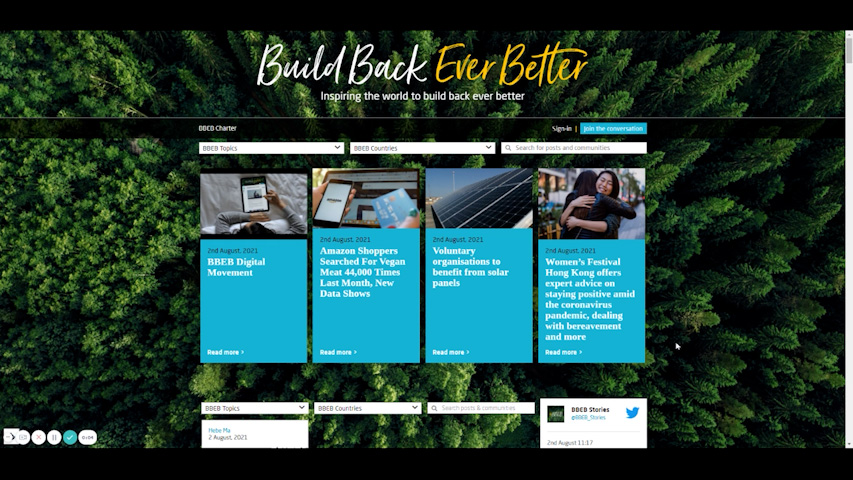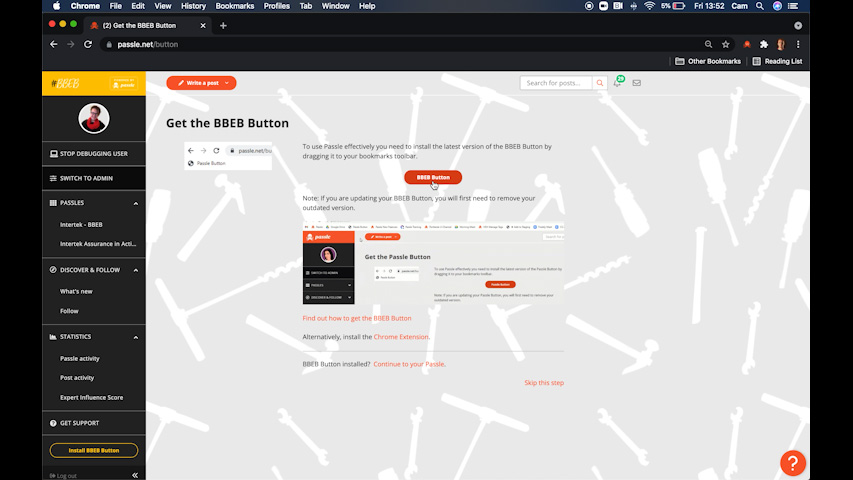The city of Paris has ingeniously harnessed the power of its bustling metro system to generate clean energy. This innovative approach is a testament to the city’s commitment to sustainability and green energy solutions. The secret to this energy revolution lies in an everyday object that millions of Parisians interact with daily — the humble metro turnstile.
The concept is simple yet brilliant. Each time a commuter passes through a turnstile, it spins, generating kinetic energy. This energy is then captured and converted into electricity by a mini turbine installed within the turnstile. While each rotation of the turnstile generates only a small amount of energy, the cumulative effect is significant when you consider the millions of commuters who use the metro system daily.
This pioneering project is an inspiring example of how we can integrate sustainability into our urban infrastructure. But the potential doesn’t stop at metro systems. The technology could be integrated into various public infrastructures, from airports and railway stations to corporate offices. Imagine the possibilities — every time a passenger checks in at an airport or a worker enters their office building, they could be contributing to the generation of green energy.
This approach is not just about reducing carbon emissions or lowering energy costs, although those are important benefits. It’s about transforming the way we think about energy and our relationship with the urban environment. It’s about seeing our public infrastructure not just as functional necessities but as potential sources of green energy.
The adoption of such innovative solutions requires a shift in mindset. Policymakers, city planners, and business leaders need to embrace this vision and invest in sustainable design and technologies. The mini turbines in the Paris metro are a testament to human ingenuity and our ability to find creative solutions to pressing environmental challenges. As we grapple with the realities of climate change, it’s innovations like these that give us hope for a sustainable future.
The journey towards sustainability is a collective effort. Each spin of the turnstile, each step we take, brings us closer to our goal. Let’s continue to promote and support such innovative designs and make green energy a part of our everyday lives.
Innovations in metro and public transit systems are crucial for enhancing urban mobility, reducing congestion, and promoting sustainability. Here are some innovative cases in metro systems:
- Mass Transportation Authority (MTA) in Flint, Michigan: The MTA expanded its medical transport services during the COVID-19 pandemic, addressing specific needs such as off-peak hours and first-and-last-mile connections.
- Pinellas Suncoast Transit Authority (PSTA) in St. Petersburg, Florida: PSTA partnered with Transportation Network Companies (TNCs) to provide late-night trips, enhancing the accessibility and convenience of public transit.
- Greater Dayton Regional Transit Authority (RTA) in Dayton, Ohio: The RTA developed on-demand services, offering free and convenient transportation that connects passengers to various destinations and the fixed-route bus network.
- Regional Transportation Commission (RTC) of Washoe County in Nevada: RTC implemented on-demand services to improve transit access in low-density areas, leading to increased ridership and cost savings.
- Johnson County in Kansas: The county established a microtransit program in collaboration with Via, prioritizing services for vulnerable populations and surpassing the fixed-route system in ridership.
- Los Angeles County Metropolitan Transportation Authority (L.A. Metro): L.A. Metro partnered with Via to provide on-demand transit options, adapting the service during the pandemic and introducing features like food deliveries.
In addition to these specific cases, there are several emerging innovations that are making public transport more resilient:
- Telecommunication systems: These are crucial for real-time information and efficient resource allocation.
- Blockchain and distributed ledger technologies: These offer secure transactions, optimize supply chains, and facilitate payment options like Bitcoin.
- On-demand services and micromobility solutions: These improve urban resilience, provide multimodal options, and reduce carbon emissions.
- Data utilization, aided by artificial intelligence: This enables smart decision-making and emergency response planning.
- Decarbonizing public transport through renewable energy sources: This ensures continuity of service and reduces CO2 emissions.
Cities like Singapore, Istanbul, and Brisbane are also demonstrating the significance of infrastructure development, innovation, and technology in creating efficient and sustainable mobility ecosystems.
 unknownx500
unknownx500
















